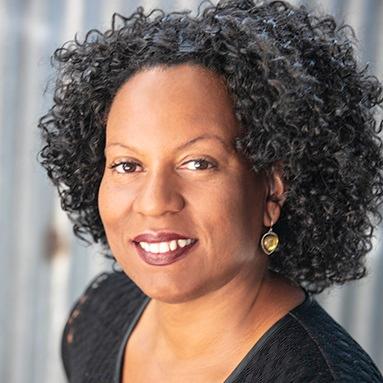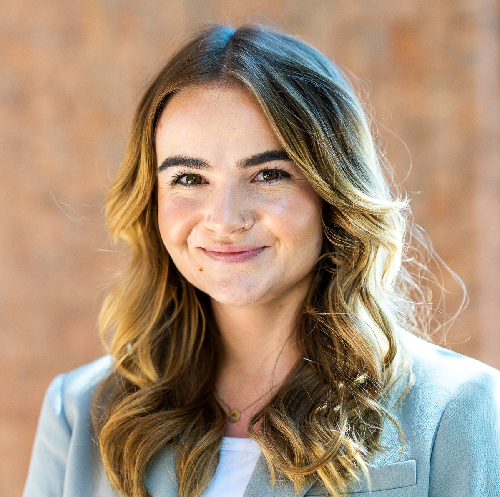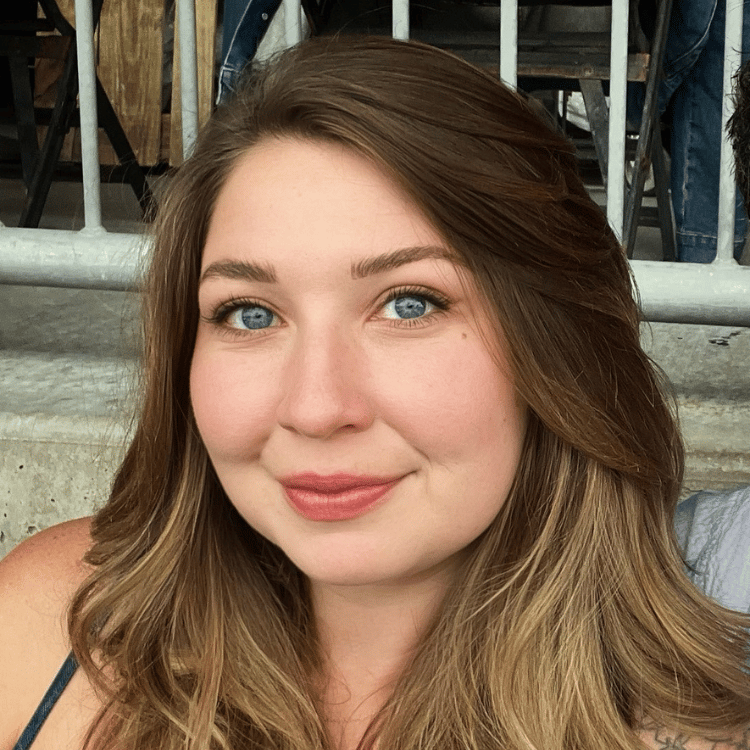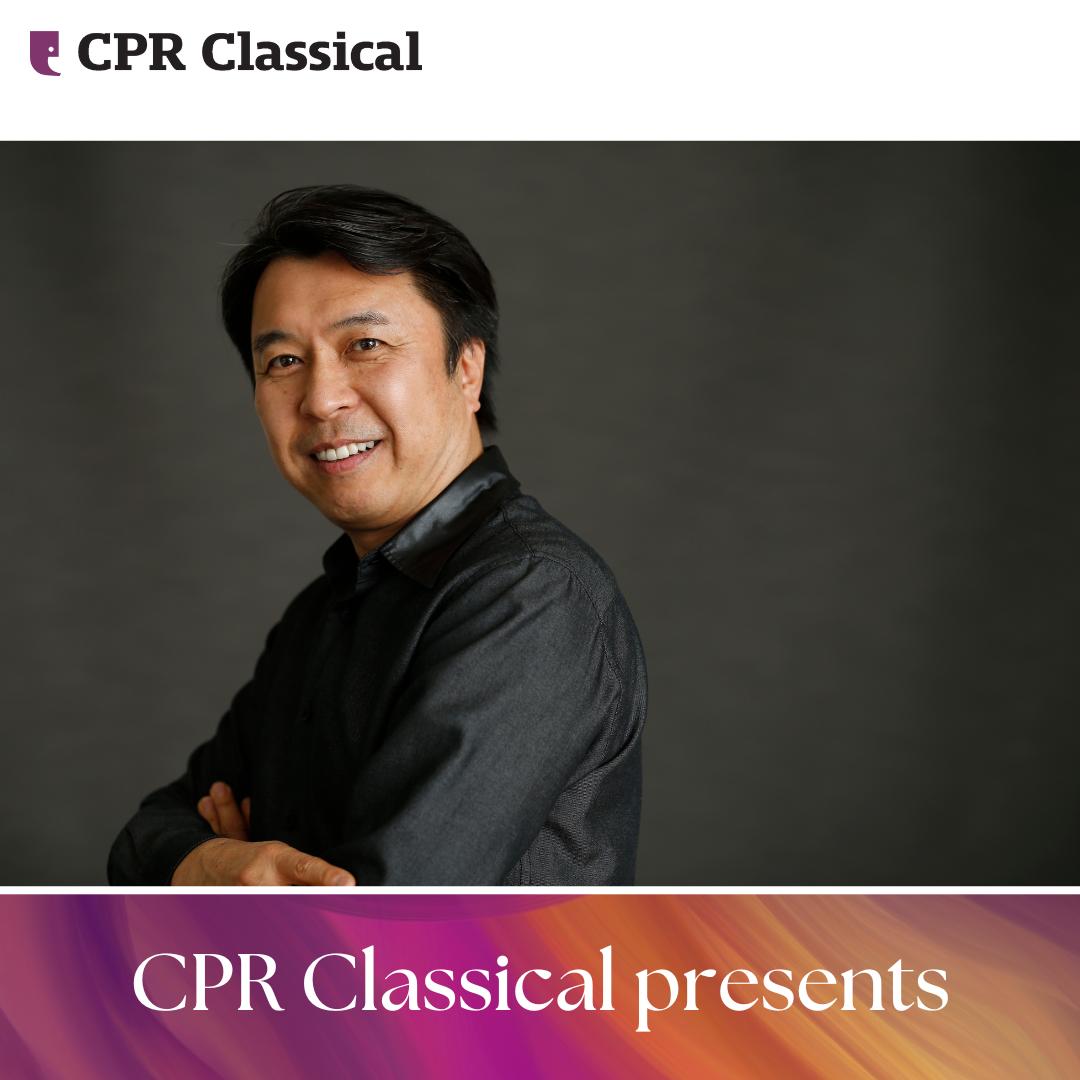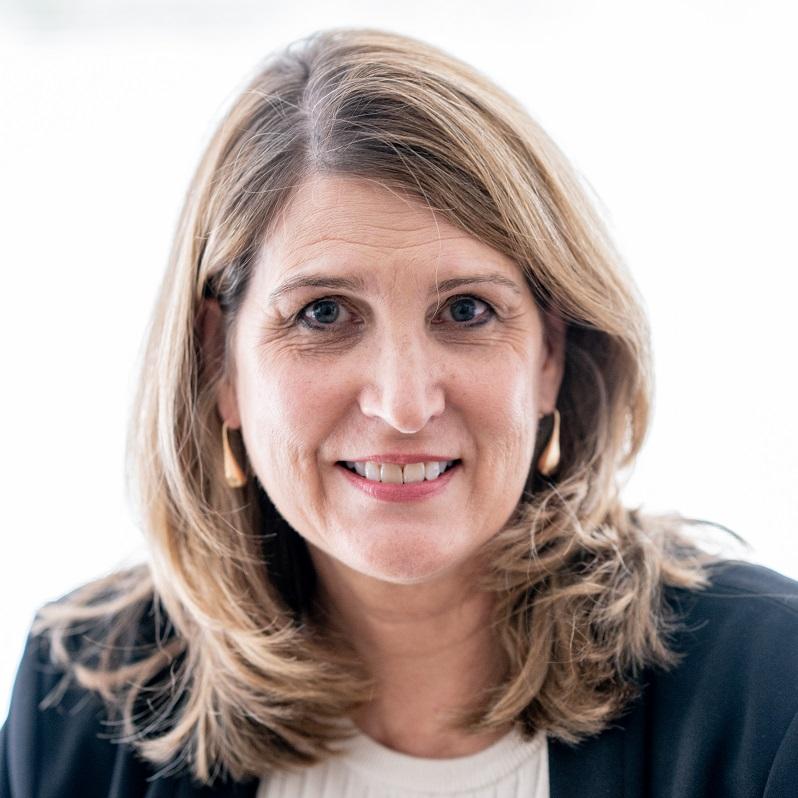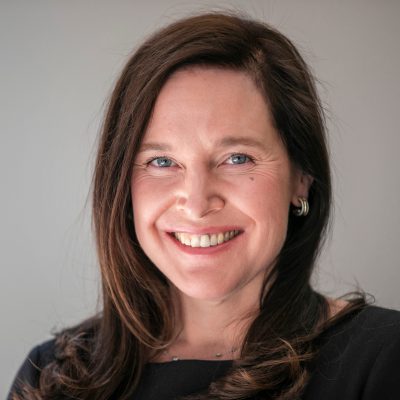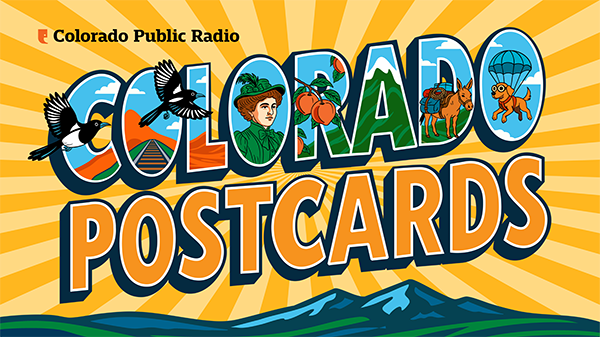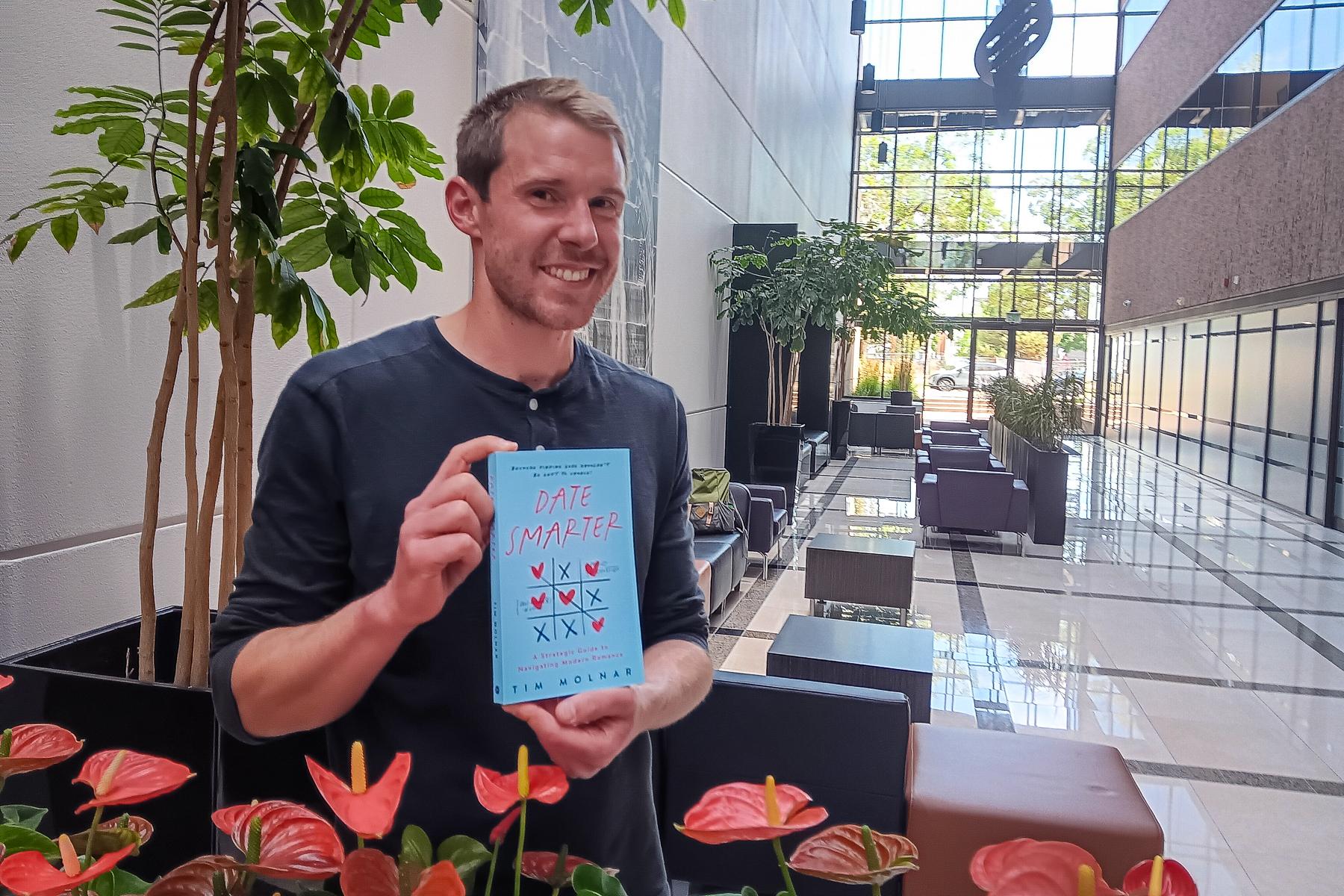
Author and dating coach Tim Molnar says that trying to find a romantic relationship in 2025 takes more than luck — the hope that swiping on someone’s profile leads to true love. What it takes, he says, is strategy that upends the dating behaviors that waste time.
“I think … many people … bought the Hollywood narrative that romance was something that should just happen, and the more I thought about how pivotal this is to our overall happiness, the more I began to question why we treat this any different than these other important areas of life: our career, our finances, or health,” Molnar said.
He said as in those areas, to get the desired outcome, the key is “taking intentional action to increasing the probability of getting the outcome that we’re hoping to have.” And it can be applied to finding romance, he says.
The Boulder-based 36-year-old recently self-published the new book “Date Smarter: A Strategic Guide to Navigating Modern Romance.”
This month, the boyish-looking former soccer player and Fulbright Scholar uploaded a lot of his best tips to CPR News in a conversation, and to Ryan Warner, senior host of Colorado Matters, in an interview.
He says there are things people can do to make dating more tangible. In a nutshell, he recommends making calculated moves that put people looking for a relationship in spaces where they might actually find one, while also conserving energy by avoiding useless rabbit holes and relying on unrealistic standards and expectations that can lead to dating burnout.
He said, “How do we manufacture the fate we’re looking to have?” encapsulates his approach.
“I would phrase it as intentional serendipity,” he said. “How do we take agency to do the things that are within our control?”
That means not wasting hours swiping on free dating apps that don’t lead to an actual in-person experience, and instead focusing on making a decision to open lines of communication with people, risking the chance of rejection to increase the odds of connection.
For one thing, he recommends being open to people who might not immediately seem like a fit, rather than rejecting people for insignificant reasons. “It’s encouraging people to push through these pet peeves that someone walks duc- footed or isn’t a strong skier or breathes out of their mouth.”
By avoiding needless early rejections, he said, it’s more likely that people will grow on each other. He said giving a person multiple chances is a way to keep the option for romance open. It’s related to the “exposure effect,” which is developing affinity for someone over time and exposure to them, just as two people assigned to be college roommates who take an initial disinterest in each other but “end up with a whole slew of inside jokes a couple of weeks into the semester and eating their meals together and spending all this social time together.”
Another idea he mentions in the book and offers to clients is to shift one’s thinking about the treacherous job of finding love from going around scrounging for an elusive date to finding ways to meet people with whom one feels their best self, by doing activities one would enjoy anyway.
Speaking in a non-coachy, non-salesmanlike way, with kindness, easy humor and occasional self-deprecation, he offered the tips he offers clients: doing things you’d already do, and seeing where it goes.
“Maybe you’re looking for someone who’s outdoorsy and you’re outdoorsy yourself, and so you decide to go on a Saturday morning trail crew adventure, and now you’ve taken the pressure out of dating. This is just a friendly way to connect with people who also are doing activities that you like to do.”
Basing his tips on both personal experience and anecdotes he gathered from his clients, he also recommends not letting the fear of rejection stop people from trying to approach new people, because most people aren’t going to bite anyway.
Molnar’s research — which included looking at Pew Research Center studies on who’s single and who’s not — found that most adults are not trying to find a new partner, often because they’re already in relationships.
Colorado Matters Senior Host Ryan Warner at one point asked Molnar: “So if you make the overture, maybe … ease your way into ‘Are you single? Can we hang out?’ … If the ‘no’ comes, it may often be because people are booed up already?”
“I think there are two ways of looking at that. One is to say, ‘Gosh, I shouldn’t try this. Most people are off the market,’” Molnar said. “But I think the more positive reframe that I encourage daters to use is to say, ‘Great, if I go up and shoot my shot, there are hundreds of reasons why this person may not be available that have nothing to do about me’ … when we set that reframe, we can hopefully continue to put ourselves out there.”
Molnar meets with people virtually and in person, tailoring his dating coaching suggestions to clients individually, based on their circumstances. Regardless, he says he gets people to create a “goal-setting framework,” which he also calls a “dating number.” The number varies from person to person. One person might set for a number, or a target, going on a hundred first dates, with the commitment not to give up before reaching that number.
“I think people can use this concept in many different ways. It’s about identifying what is the barrier, what is the roadblock in your dating life. If you find yourself dismissing people for these permissible pet peeves on first dates and not giving them a second chance? So you set a date number around that: ‘I’m going to go on 15-second dates.’”
He solicited feedback from readers after completing an early draft of the book.
“I wanted to get this in front of as many eyes and in front of as many people with different perspectives as possible,” he said. “I ended up enlisting about 50 beta readers to get feedback on the book, people of different gender identities, people of different sexualities, people of different races, and being able to get all of these different perspectives.”
He said that it caused him to make some revisions to tailor the book to the feedback, revising hundreds of pages before completing the final product.
“It really did drastically shape the book … I wanted the advice to be able to meet people regardless of where they were situated as best as possible.”
